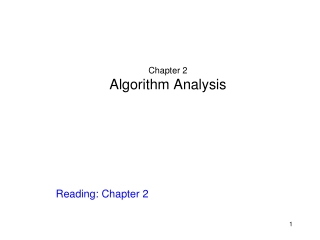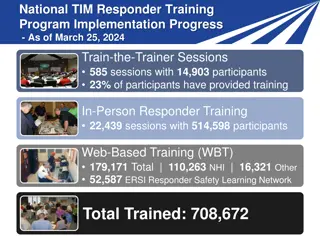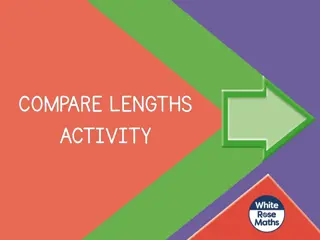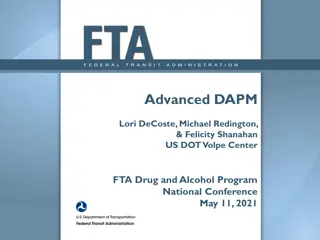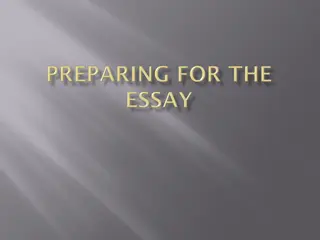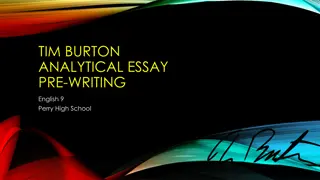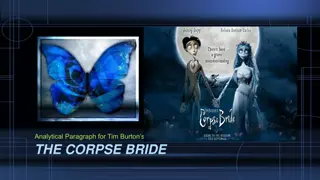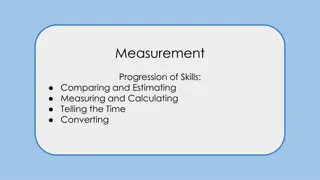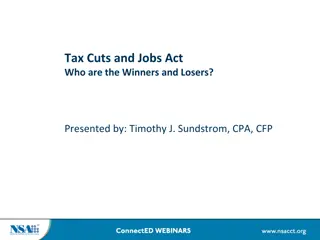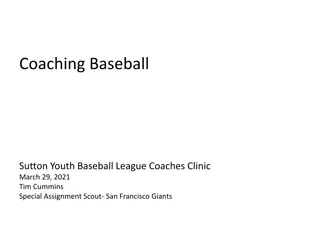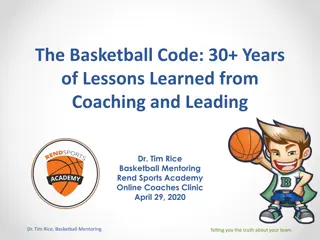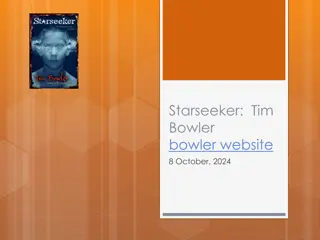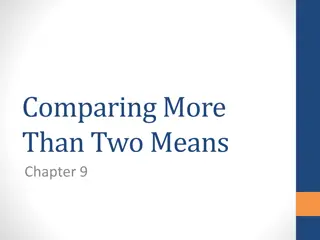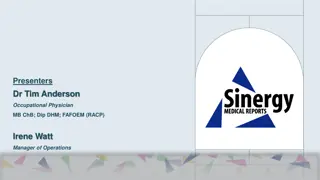Comparing Dr. Richard Allington and Tim Shanahan
Dr. Richard Allington and Tim Shanahan are distinguished educators with expertise in reading instruction. Allington, a Professor at the University of Tennessee, focuses on reading, learning disabilities, and effective classroom instruction. On the other hand, Shanahan, a Professor at the University of Illinois, has played a leadership role in the National Reading Panel and contributed to the Common Core Learning Standards. While they share common goals such as the importance of students reading multiple texts daily and focusing on comprehension over isolated skills, they differ in their approaches to instruction and the emphasis they place on certain aspects of literacy education.
Download Presentation

Please find below an Image/Link to download the presentation.
The content on the website is provided AS IS for your information and personal use only. It may not be sold, licensed, or shared on other websites without obtaining consent from the author.If you encounter any issues during the download, it is possible that the publisher has removed the file from their server.
You are allowed to download the files provided on this website for personal or commercial use, subject to the condition that they are used lawfully. All files are the property of their respective owners.
The content on the website is provided AS IS for your information and personal use only. It may not be sold, licensed, or shared on other websites without obtaining consent from the author.
E N D
Presentation Transcript
BCIC May 5, 2015 Dr. Richard Allington Tim Shanahan
Dr. Richard Allington Professor of Education at the University of Tennessee Research interests include reading, learning disabilities and effective classroom instruction
Tim Shanahan Professor at the University of Illinois Leadership role on the National Reading Panel and helped author the Common Core Learning Standards
Compare and Contrast Dr. Richard Allington Tim Shanahan
Big Ideas Allington Shanahan Complex texts and explicit instruction with scaffolding Accountability for independent reading Small group with more complex texts Oral reading prior to reading complex text Reduce teacher talk time- background knowledge, vocabulary Match readers with instructional level texts High success, independent, silent reading Guided reading with leveled texts (small group) Silent reading Increased student talk time; decreased teacher talk time during oral reading
Common Ideas Kids need to read more (multiple texts per days, of class) Making meaning, not just isolated skills (more than just decoding) Focus on strong foundational skills at K-1 Intentional groupings (not just whole group)
Common Ideas Importance of coherence/connected support services Importance of literacy in content areas (50%) Reading outside of the school day (Independent Reading)
Common Idea Current State Desired State Closing the Gap Volume of Reading- In Class (2/3) Focus on Meaning Early Intervention Intentional Groups Connection between Core + Intervention Literacy in the Content Areas (50%) Volume of Reading- Outside of School
Recommendations Lesson design with kids doing the reading, writing, thinking and speaking Balance complex, instructional and independent level texts. Central text (complex) at grade level Supplemental texts at instructional and independent level
Recommendations Scaffolding complex texts to make them an instructional level for students (first identifying the challenging parts). Intentionally choosing whole group and small group based on the level of scaffolding required by the text. Teach grammar, sentence structure and vocabulary in the context of reading and writing.
Inquiry Questions How much time do students spend reading and writing in any given lesson? How do you balance complex, instructional, and independent level texts throughout a student s day, week, year? How might guided reading, or small group instruction, work in secondary classrooms? What does this look like for students who are significantly below grade level (by more than 4 years) in reading and writing?
16-17 Regional and In-District Offerings The Teacher s Literacy Toolbox Series (+ Coaching) 2016-2017 Literacy Leadership Network (Restructured) Literacy Look-Fors


